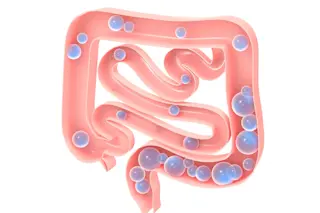It’s been more than a decade since scientists first raised an alarm about arsenic levels in rice---an alarm based on the realization that rice plants have a natural ability to absorb the toxic element out of the soil. Since then study after study has confirmed that rice products contain more arsenic than those of any other grain. In response, consumer health advocates have pushed for regulatory agencies to set a safety standard for rice (more on that story in my forthcoming feature story in the October 2013 issue of Discover). China, a high rice-consumption country, has already moved to do so. The World Health Organization is currently taking comments on a proposed safety standard. And last year---in a somewhat grudging response to pressure from activist groups in this country---the U.S. Food and Drug Administration announced that it was also studying the issue.
And studying and studying, apparently. ...













